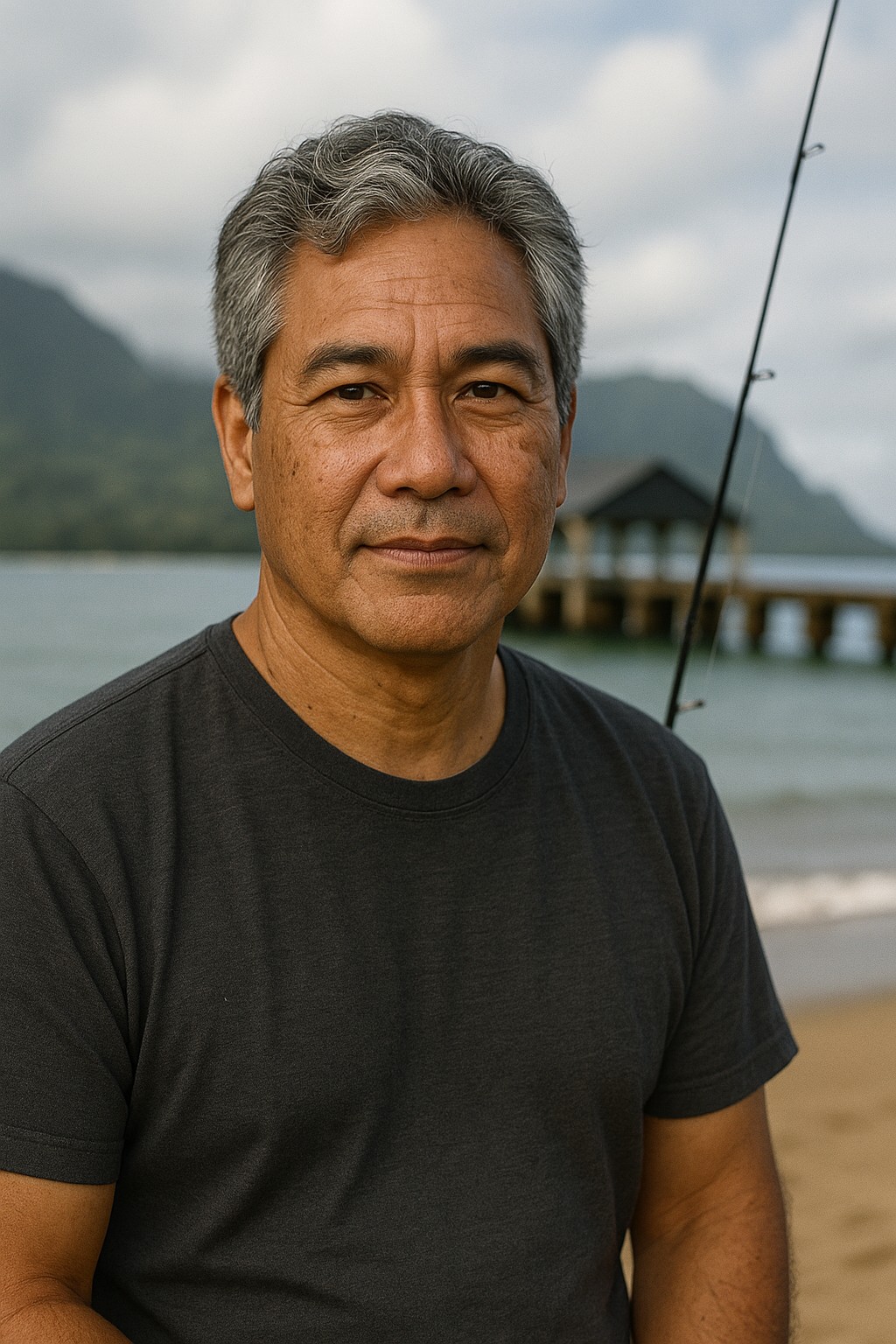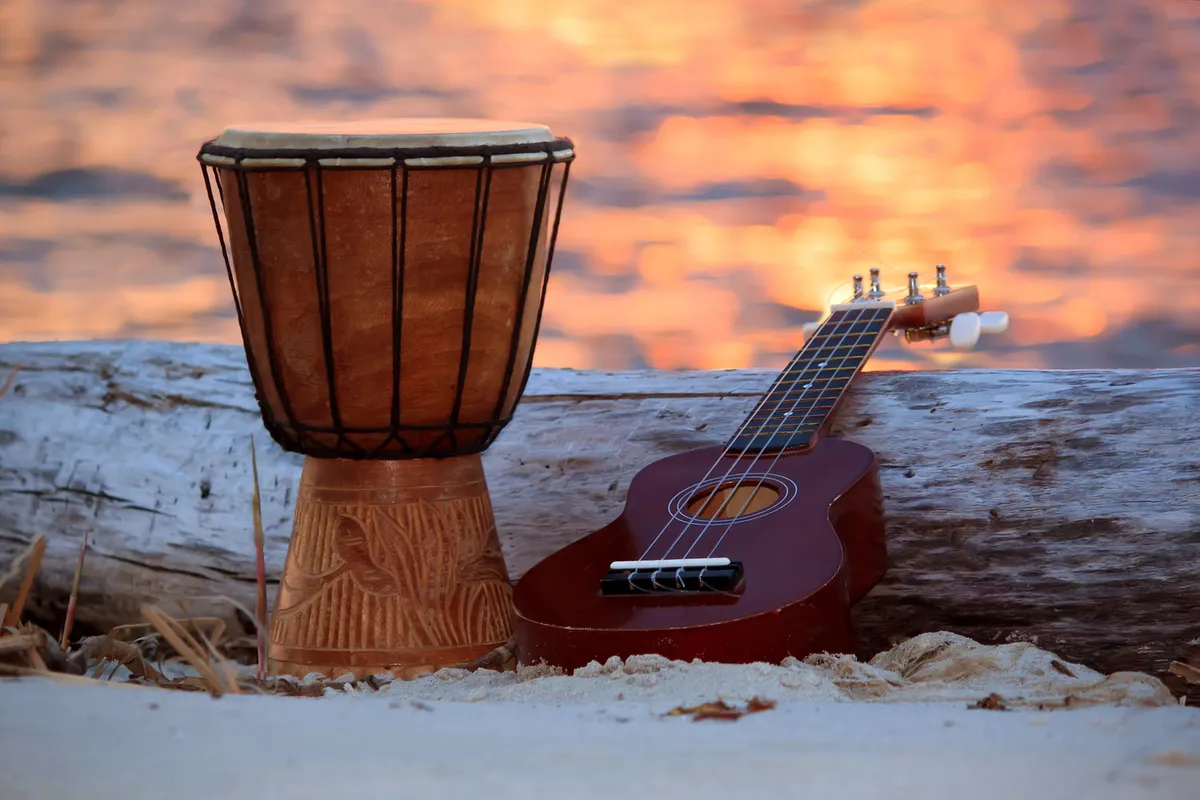
Waves of Change
How Hawaiian Music Learned to Swim with the Tides of History

Written by a Cultural Expert
Kalani MillerNothing Stays the Same in the Islands

Nothing stays the same in the islands. The currents of change are always flowing, and our music learned to swim with them rather than fight against them.
The Arrival of Harmony
In 1820, American missionaries brought something our ancestors had never heard: four-part harmony. The monophonic tradition of oli suddenly had new company, and Hawaiians from aliʻi to commoners fell in love with these hīmeni (hymns).
But we didn't just adopt Western music. We transformed it. The ornamental vocal break called haʻihaʻi, already present in some chant styles, evolved into our signature leo kiʻekiʻe - the soaring falsetto that makes Hawaiian music instantly recognizable.
The missionaries translated hymns into ʻōlelo Hawaiʻi, and the first Hawaiian-language hymnal appeared in 1823. Without meaning to, they helped preserve our language in a new musical form.
The Royal Composers: Diplomacy Through Song
The late 1800s brought us Nā Lani ʻEhā - The Royal Four. King David Kalākaua, Queen Liliʻuokalani, Princess Miriam Likelike, and Prince William Pitt Leleiohoku weren't just royalty. They were composers who understood that music could be political power.
Their songs blended Western harmony with Hawaiian poetry, showing the world that we were sophisticated, modern, and worthy of respect. Queen Liliʻuokalani alone composed over 150 songs, many still beloved today.
👑 King David Kalākaua
The "Merrie Monarch" elevated music and hula to royal status, making cultural arts central to Hawaiian identity.
🎼 Queen Liliʻuokalani
Composed over 150 songs including "Aloha ʻOe" - using music for both diplomacy and covert communication.
This era launched what we call the "Golden Age of Hawaiian Music" from 1930 to 1960. Hapa haole music - Hawaiian themes with English lyrics - conquered America through the weekly radio show Hawaii Calls and Hollywood movies. The steel guitar and ʻukulele became our musical ambassadors to the world.
Genoa Keawe stood at the center of this golden age. Known as "Aunty Genoa," she could hold a high note longer than seemed humanly possible. But her real gift was as a cultural keeper. She insisted on perfect ʻōlelo Hawaiʻi pronunciation and phrasing, using her popularity to teach proper Hawaiian language to generations of listeners.
Continue Your Musical Journey
Explore more aspects of Hawaiian music history and cultural significance.
📅 Key Dates
- 1820: Missionaries arrive
- 1823: First hymnal
- 1830s: Slack key invented
- 1879: ʻUkulele arrives
- 1885: Steel guitar born
- 1930-1960: Golden Age
🎸 Revolutionary Instruments
Slack key guitar
Steel guitar
Jumping flea
🌟 Golden Age Stars
- Genoa Keawe
- Don Ho
- Hawaii Calls Radio
- Hollywood Movies
Three Instruments, Three Revolutions
Three foreign instruments found their way to our shores and became completely Hawaiian in the process.
Kī Hōʻalu (Slack Key Guitar)
In the 1830s, Mexican vaqueros taught our paniolo cowboys to play guitar. But the paniolo had their own ideas. They "slacked" the strings into open tunings, most commonly the "Taro Patch" tuning that created a G Major chord. This allowed one guitarist to play bass, chords, and melody simultaneously.
For generations, these tunings were family secrets, passed down orally like precious heirlooms. The paniolo took a foreign instrument and made it speak with a completely Hawaiian voice.
Kīkākila (Steel Guitar)
Around 1885, young Joseph Kekuku from Oʻahu discovered something magical. By sliding a metal bolt across guitar strings, he created a voice that could glide and wail like human emotion. Playing the guitar flat on his lap with a polished steel bar, he invented the sound that would define Hawaiian music for the world.
When electric pickups arrived in the 1930s, they were first used on Hawaiian lap steel guitars. Once again, Hawaiian innovation led the way.
ʻUkulele
Portuguese immigrants brought a small four-stringed instrument called a machete to Hawaiʻi in 1879. Hawaiians renamed it ʻukulele - "jumping flea" - maybe for the way fingers danced across its fretboard.
King Kalākaua elevated this immigrant folk instrument to royal status. He made it part of court performances and paired it with newly energized hula kuʻi dances. His royal blessing transformed the ʻukulele into an enduring symbol of Hawaiʻi.
Each instrument tells the story of Hawaiian adaptability. We didn't just receive foreign influences - we transformed them into something uniquely our own, speaking with Hawaiian voices and Hawaiian hearts.